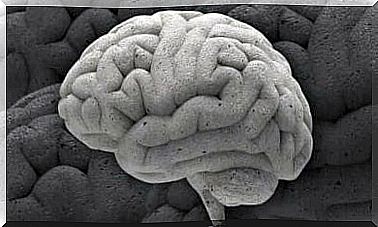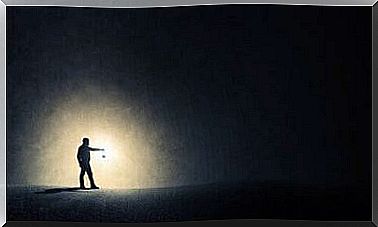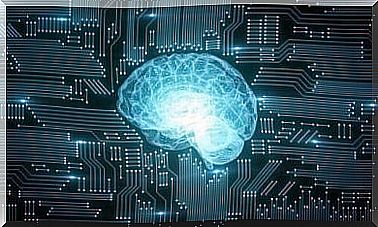The 97 Previously Unknown Areas Of The Brain
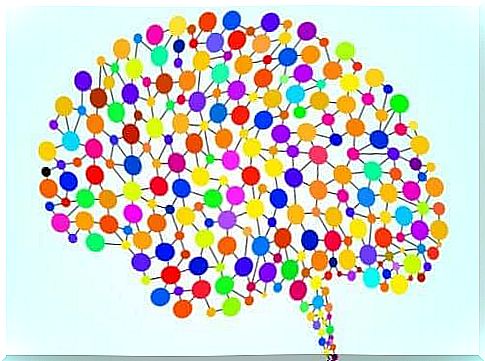
The brain is still a fascinating research topic. The more we learn, the more questions and surprises arise. For example, researchers at the University of Washington created a new map of the brain showing 97 previously unknown areas of the brain.
Such a brain map is a graphic representation of the brain. Scientists use a variety of imaging techniques to visualize the different areas of the brain and their respective activity. For diagnostic purposes, the mapping can show whether a brain is healthy or has abnormalities.
The researchers at the University of Washington did not work alone, but with other professionals. Scientists from St. Louis, Missouri, Oxford, London, Minneapolis, and Nijmegen came together for the project to create a different type of brain map.
Their goal was to use the latest technology to identify all areas of the cerebral cortex. As a result, they discovered previously unknown areas of the brain.
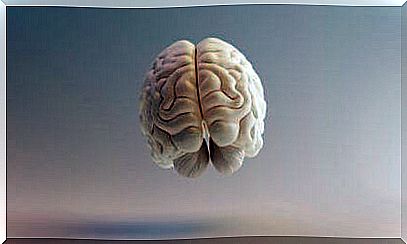
Research methods
To identify these previously unknown areas of the brain, the scientists recruited 210 volunteers. All were young and in excellent health. The aim was to examine healthy brains.
The researchers used the latest technology available, such as software that allows them to identify features and contrasts in different areas of the brain. In the simplest sense, they recognized the digital footprint of each area.
The study also included data from post mortem research. Scientists examined some parts of these brains with powerful microscopes to amplify, verify, or pin down their results. The journal Nature Communications published the complete study, which shows the 97 previously unknown areas of the brain.
The neurology and previously unknown areas of the brain
Neurology is a relatively new field that has only been around for a little over a century. From the beginning, neurologists theorized that the cerebral cortex was divided into different zones, or “modules,” and that each zone had a different, specialized function. Mapping was extremely difficult at first because the technology was imprecise.
The first person to map the brain was the German scientist Korbinian Brodmann in 1909. His work showed that there are 51 different areas of the brain. Brodmann’s map is up to date and largely unchanged to this day.
Subsequent neurologists supplemented Brodmann’s research with data from brain injury cases. Injuries, strokes, or tumors made it possible for scientists to test whether or not they affected motor function, visual function, etc. Thereafter, no major advances have been made in brain mapping to date.
Matthew Glasser and David Van Essen are the scientists responsible for this new type of mapping. They designed their card based on three criteria: function, local micro-architecture and connectivity. These would determine the differences between the different areas of the brain.
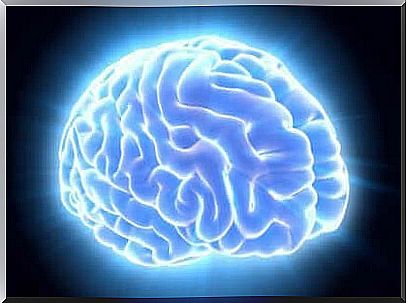
What new information does this project bring to the table?
For one thing, scientists were able to confirm that each hemisphere of the cerebral cortex contains 180 cortical areas. These include 97 previously unknown areas of the brain. The new map enables scientists to see these regions with remarkable clarity. It is almost like looking at a map showing the political borders of the states around the world.
The study is called The Human Connectome Project . The National Institutes of Health in the US is funding this study. Because it is far from over, as the researchers have not yet fully interpreted their results. In addition, scientists are only just beginning to hypothesize how these previously unknown areas of the brain function.
One of the regions labeled 55b has already caught the attention of researchers today. This is because it lights up when a person hears a story. Another area that is particularly unusual is POS2. Scientists observe that its pattern is very different from all others and believe that it could control highly specialized functions.
In reality, the Human Connectome project has barely scratched the surface of this complex subject. There is so much more to discover. The entire prefrontal cortex, which is responsible for the highest intellectual function in humans, has hardly been explored. Hopefully this first step will open the door to many more years of research. What surprises about the brain will we discover next?



